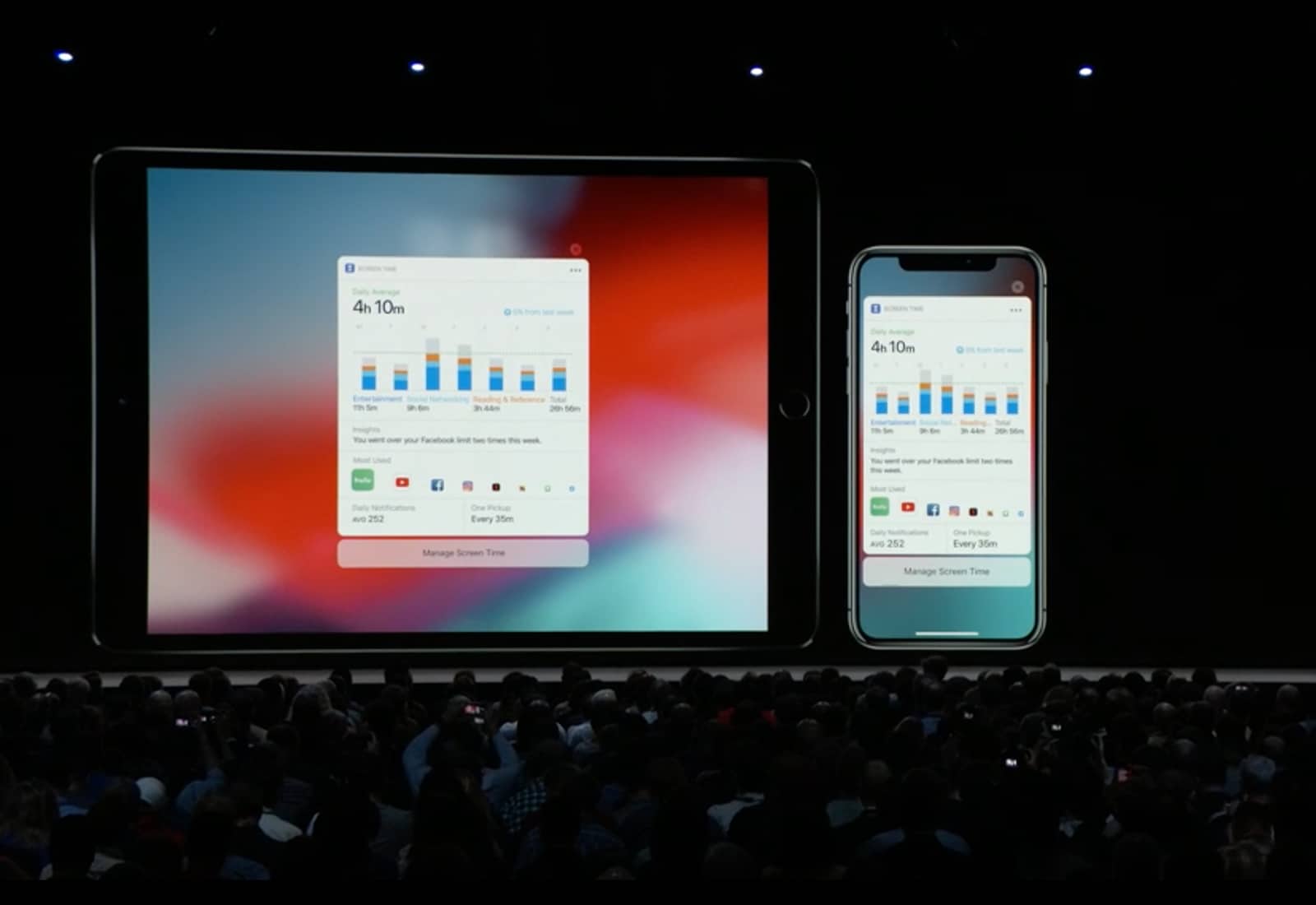Parents, worried their iPhone-carrying kids are addicted to their screens, likely rejoiced when iOS 12 was announced with a new feature that monitors screen time and allows users to set time limits.
Childless yet eager to test the feature, New York Times tech reporter Brian X. Chen borrowed a kid from an editor for a near-month-long test run of Screen Time – and it worked.
Chen chronicled 14-year-old Sophie’s experience – and sometimes desperate response to being cut off – in today’s New York Times.
Sophie, who Chen described as a “screenager,” was the ideal subject for the story and the type of user at the heart of a global debate over obsessive digital consumption. Tim Cook fessed up during WWDC’s keynote earlier this year that Apple devices, the iPhone in particular, can be addictive so the tech company felt compelled to offer a solution.
Screen Time provides a dashboard that charts daily or weekly usage of your iPhone and how much time you spend each of your apps. The user can set time limits and lockouts for some of the more time-sucking apps or categories of apps, like social media.
A beta version of iOS 12 is available now with widespread release coming this fall.
Chen loaned the girl an iPhone X for the experiment. Sophie managed to curtail her use of SnapChat, but as Chen wrote, being locked out of it after an hour left her “initially incensed.”
During Week 2, when she was trying to withdraw from her phone, strange things started happening to Sophie. After the screenager first used up all her time on Snapchat on a Tuesday, she told her mother that she felt “triggered” (which I would learn is slang for feeling annoyed or incensed). She later told me that she had realized she would open her phone and just stare blankly at the app icons to avoid using up her limit on Snapchat.
“It was just a pattern for me — to open my phone and I would have nowhere to go,” she said. “I was just looking at a screen. It was kind of weird, so I’m trying not to do that.”
But in the end, the results were satisfying. Sophie’s average daily phone use plummeted by about half, from over six hours during Week 1 to about three hours and four minutes during Week 3.
Chen, recognizing his own problem with screen time, set his own limits and felt competitive with Sophie, especially when she had more success decreasing her dependency. She even requested more limits as the days went on.
Sophie was succinct summing up her experience: “It’s annoying having my phone but not being able to use it. I think it increases my good habits, though.”
Read Chen’s story in today’s online edition of theNew York Times


